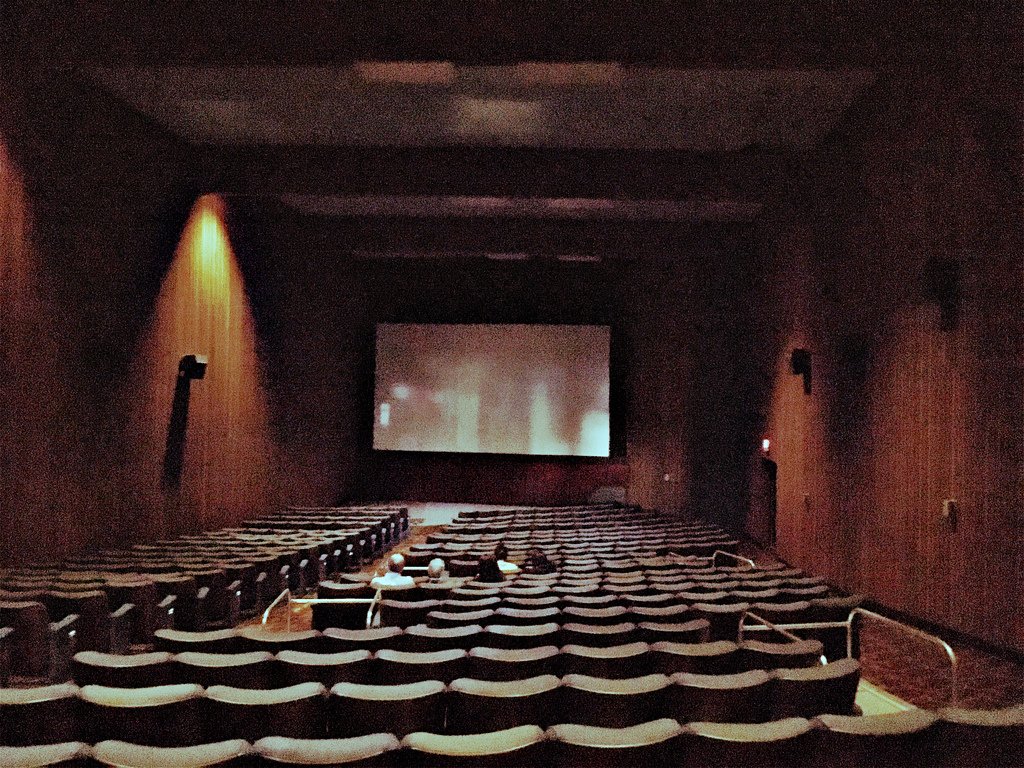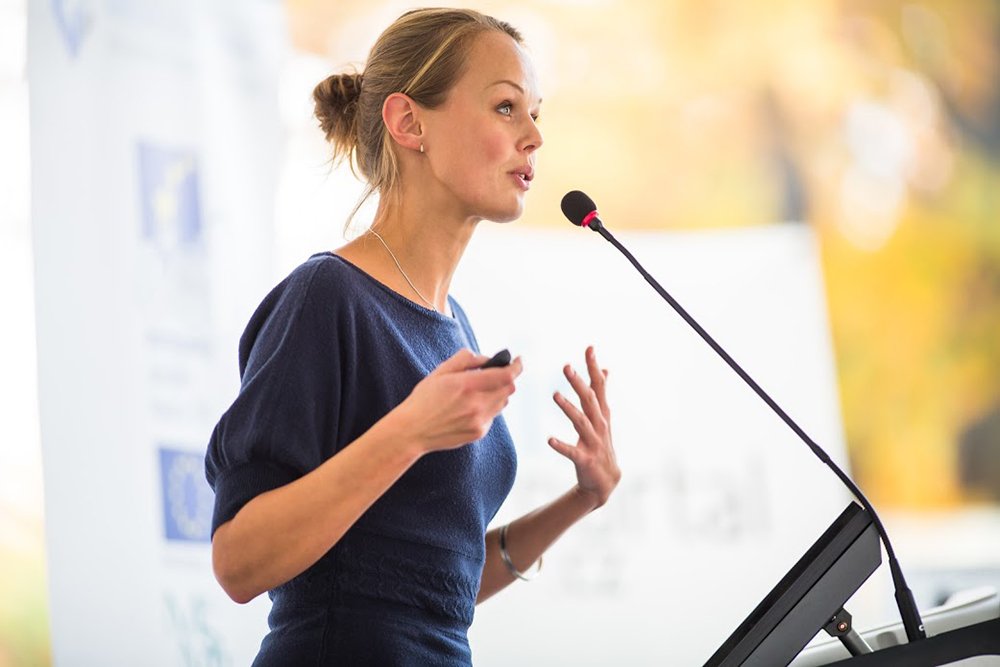Tag: psychology
-

How do you hear your name above the din in a party?
How do you hear your name above the din in a party? I’m sure you have had the experience of being somewhere crowded and noisy, but have heard your name through the din. You can even hear your name over the noise of the conversation you are involved in. In my last post I related…
-

The sensory store holds a huge amount of information for a very short time.
The sensory store holds a huge amount of information for a very short time. In 1960 George Sperling conducted an experiment in which he would flash a grid of 12 letters (three rows of four) to his participants, for less than a second. They would then have to try to recall which letters had been…
-

A single neuron can encode an association between two concepts.
A single neuron can encode an association between two concepts. In these days of modern scanning equipment, individual neurons can be seen firing in the brains of those being monitored. This has had a remarkable effect on the study of the brain. Matias Ison, Rodrigo Quian Quiroga and Itzhak Fried, in 2015, studied 600 individual…
-

Your memory of an event is unique.
Your memory of an event is unique. If you experience something, whether it be as benign as watching a movie in the cinema, or as traumatic as being in a bank when it is raided by masked gunmen, your memory of that event will be unique. Your memory of watching a movie will be vastly…
-

Memory is not simply the ability to recall something.
Memory is not simply the ability to recall something. If somebody asked you to describe what memory is, you would probably give some sort of explanation along the lines that it is the ability to recall events. However, memory is so much more than that. Recall of events is certainly one part of memory, known…
-

You can give away your cake and eat it.
You can give away your cake and eat it. Imagine you have the choice of two pieces of cake, one much larger than the other, and your colleague is going to have the one you leave. There is a pressure on you to be generous and take the smaller one. It seems you can either…
-

A pretty face can sell you anything.
A pretty face can sell you anything. I am particularly talking to men here. Men are notorious for thinking with a part of their anatomy which is below the neck, and various experiments have appeared to back this up. In one study a bank in South Africa sent offers of a loan to 50,000 customers.…
-

We perceive people as taller if they have a prestigious job title.
We see people as taller if they have a prestigious job title. Is a first officer of an aeroplane always shorter than the captain? Of course not. Many first officers will become captains, and I assume most have finished growing upwards before they become pilots. But the prestige of the captain’s title lends him an…
-

The first people to speak will influence you.
The first people to speak will influence you. Imagine once more that you are awaiting your turn to speak. This time it is not to give your general recommendation of the best course of action, but to give your firm judgement on something. It might be the price you think a product should be sold…
-

The first person to speak has the most influence.
Imagine you are waiting to give your view on a subject. You are pretty sure of your conviction that “A” is the best course of action for the group. The first person to speak, perhaps the leader, surprises you by advocating “B”. The next person in line around the table also says “B”. And the…